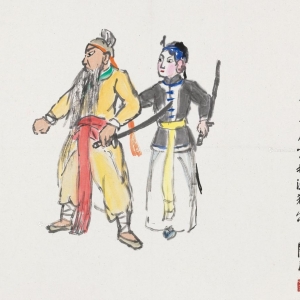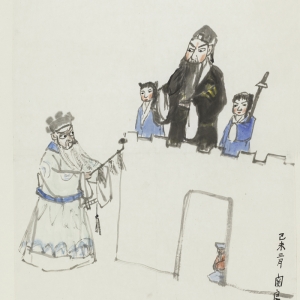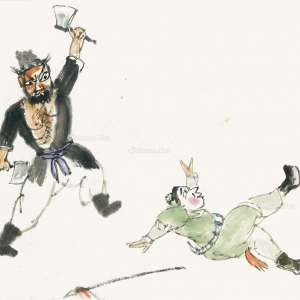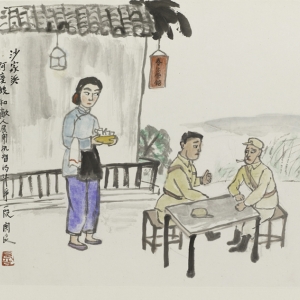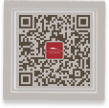Paintings by Guan Liang-Exhibition Commemorating Guan Liang’s 115th Anniversary of his Birth
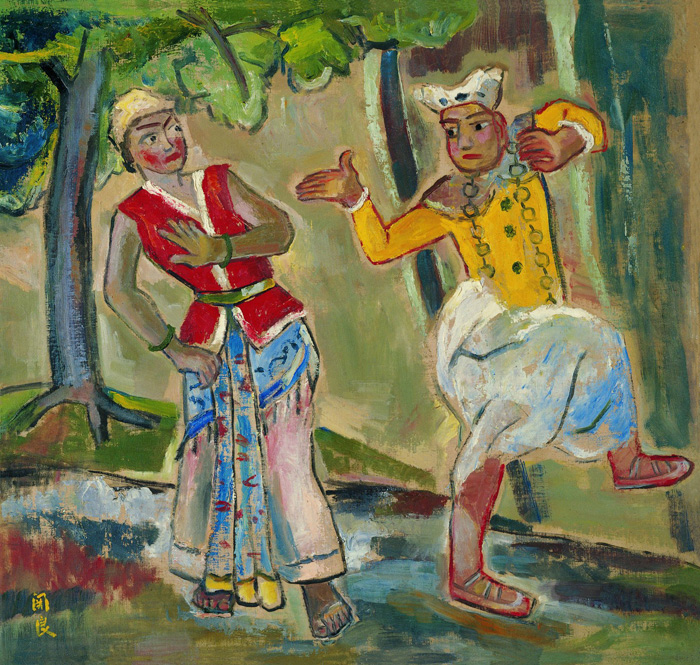
Introduction
Paintings by Guan Liang-Exhibition Commemorating Guan Liang’s 115th Anniversary of his Birth
Exhibition Commemorating Guan Liang’s 115th Anniversary of his BirthGuan Liang, impressing people with his exquisite, childlike innocent and ingenuous Chinese opera figures paintings, is famous for his unique style. The exhibition presents some of his typical works featuring Chinese characteristics, such as The Monkey King Subdues the Skeleton Demon (A classic story from Journey to the West), The Drunken Beauty (A concubine in the Tang dynasty who was drunken) and A series of Peking Opera Figures, which has drawed wide public attention.
As one of the most adventurous and innovative Chinese artists in 20th century, Guan Liang has made remarkable contributions to the development and demonstration of Chinese traditional paintings. Perfectly combining Chinese and Western painting techniques, he integrated the painting techniques of modern and contemporary artists including Matisse, Van Gogh and Gauguin, with thick and light shades of ink, uncomplicated lines and singular Chinese aesthetics, shaping distinctive style in his paintings.
Featuring concise, unsophisticated and appealing stokes, his vivid and lifelike works were created in way of exaggeration and deformation, unrestrained to the dissection, perspective and proportion of the subject. Those characters in his works appeared to be innocent and interesting, highlighted by the depiction of eyes which are lively conveyed by dotting thick ink as the pupils.
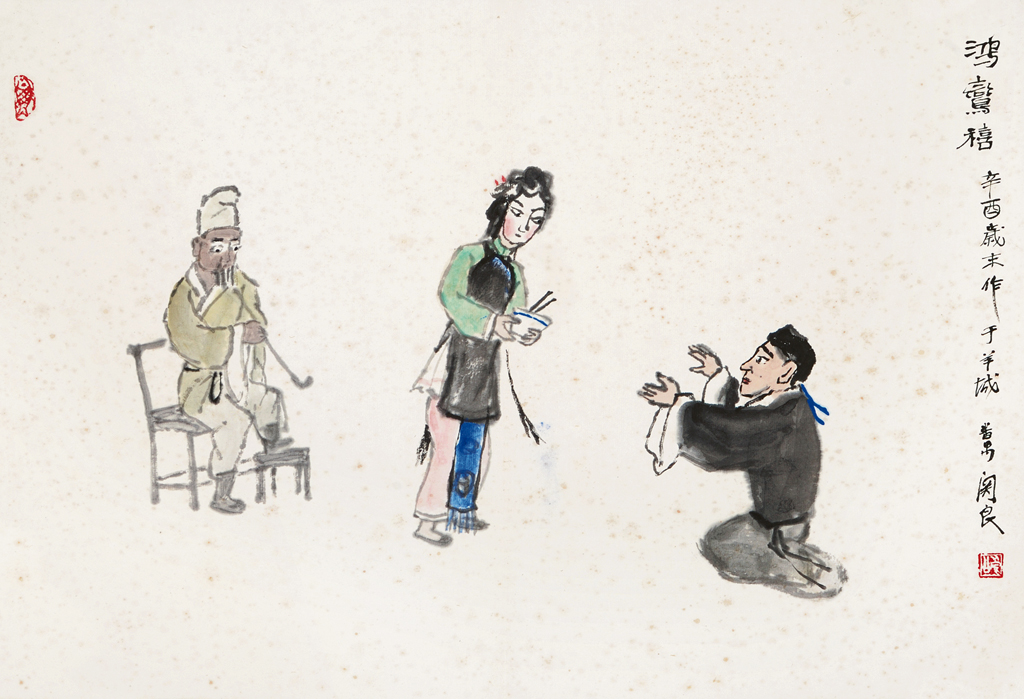
Highlights
Artist introduction
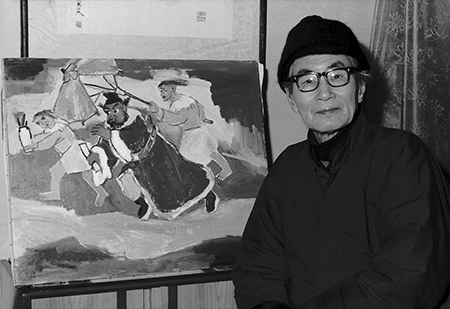
Born in Fanyu, Guangdong Province, Guan Liang, whose pseudonym was Liang Gong, went to Japan for study in 1917. He entered Kawabata Institute and then Pacific Art School for further education, during which he dedicated himself completely to the works of modern and contemporary European artists including Monet, Manet, Van Gogh, Matisse and Picasso. After returning home, Guan Liang taught in Shanghai Art College, Shanghai Art University and National College of Art in Hangzhou. Since 1949, he has served as the trustee of Chinese Artists Association, vice president of Shanghai Artists Association, a member of Shanghai Culture and History Museum, a painter and teacher in Chinese Painting Academy in Shanghai, a professor in Zhejiang Art Academy, director and adviser in Art Institute of Shanghai Jiao Tong University, as well as a committee member of Shanghai Literary Federation. Like the first batch of artists studying abroad at the early stage, Guan Liang started his learning with western paintings. He incorporated Gauguin’s exaggerated forms, Van Gogh’s large-scale contrast colors and Matisse’s uncomplicated lines into his own works, establishing a distinctive style embodying the feature of the times. Influenced by Wu Changshuo, Qi Baishi, Huang Binhong, Liu Haisu, and Pan Tianshou, and inspired by Zhu Da (whose pseudonym was Badashanren), Guan Liang brought about a unique style integrating Chinese and Western painting techniques and conveying the spirit of Chinese art, which ushered a new era of painting expression. As Cheng Shifa (a master of Chinese traditional paintings) said, Mr. Guan Liang is an indispensable master in the contemporary Chinese painting community. It is Guan Liang who introduced the painting conceptions of Western modernist into Chinese ink painting, creating an ingenious style of Chinese opera figures painting.


